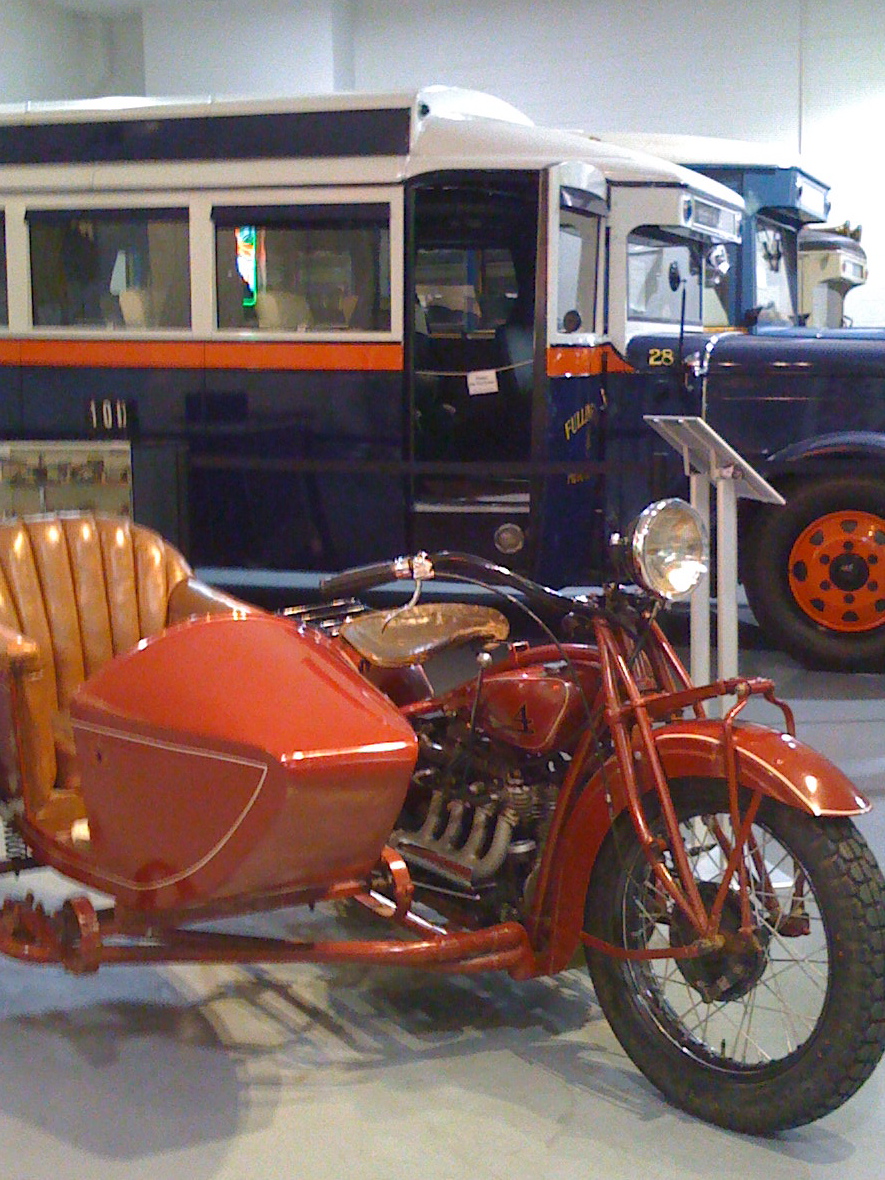Collaborating in Pennsylvania
I just got back from a road trip to Pennsylvania, and what struck me with all the Affiliates I visited there was the various and creative ways they are all collaborating, with each other and with their greater communities.
In Hershey…
The Antique Automobile Club of America Museum partnered a while ago with the Museum of Bus Transportation that occupies their lower floor. The Bus Museum has the largest collection of historic buses under one roof in the United States, including the Lakeland Bus Lines bus from the movie “Forrest Gump”. Recently, they’ve also partnered with the Antique Motorcycle Club of America to provide gallery space for some pretty amazing vehicles, including a 19th century steam “motorcycle.” Different collections, common mission – what better idea than to partner to present various views on the history of transportation in America?
In Pittsburgh…
At the Heinz History Center, 60 professionals from the cultural and performing arts organizations in Pittsburgh came together for a training on incorporating the lessons of universal design for the benefit of their visitors. The training itself was a collaboration – between the accessibility directors of the Smithsonian and the Kennedy Center. Not only was the discussion itself very informative and resource-rich, but the participants started discussing ways they could collaborate outside the session – theaters buying expensive LED readers together that they could share, or hiring audio descriptors to service several of their organizations’ exhibitions, so as to cut costs.
In Easton… the director of the National Canal Museum shared the various ways he’s working with nearby Historic Bethlehem Partnership. For example, together they are meeting with officials in the state government to make a regional case for support instead of just an individual one, and brainstorming ways to attract incoming casino patrons (a Sands Casino opens in Bethlehem in June) to visit both museums to experience the bigger picture of the rich industrial heritage of the Lehigh Valley.
I may be looking too hard for silver lining in this economic crisis, but the ways that it is encouraging cultural organizations to come together in innovative ways gives me hope for the future – for these museums and the communities they continue to impact.






